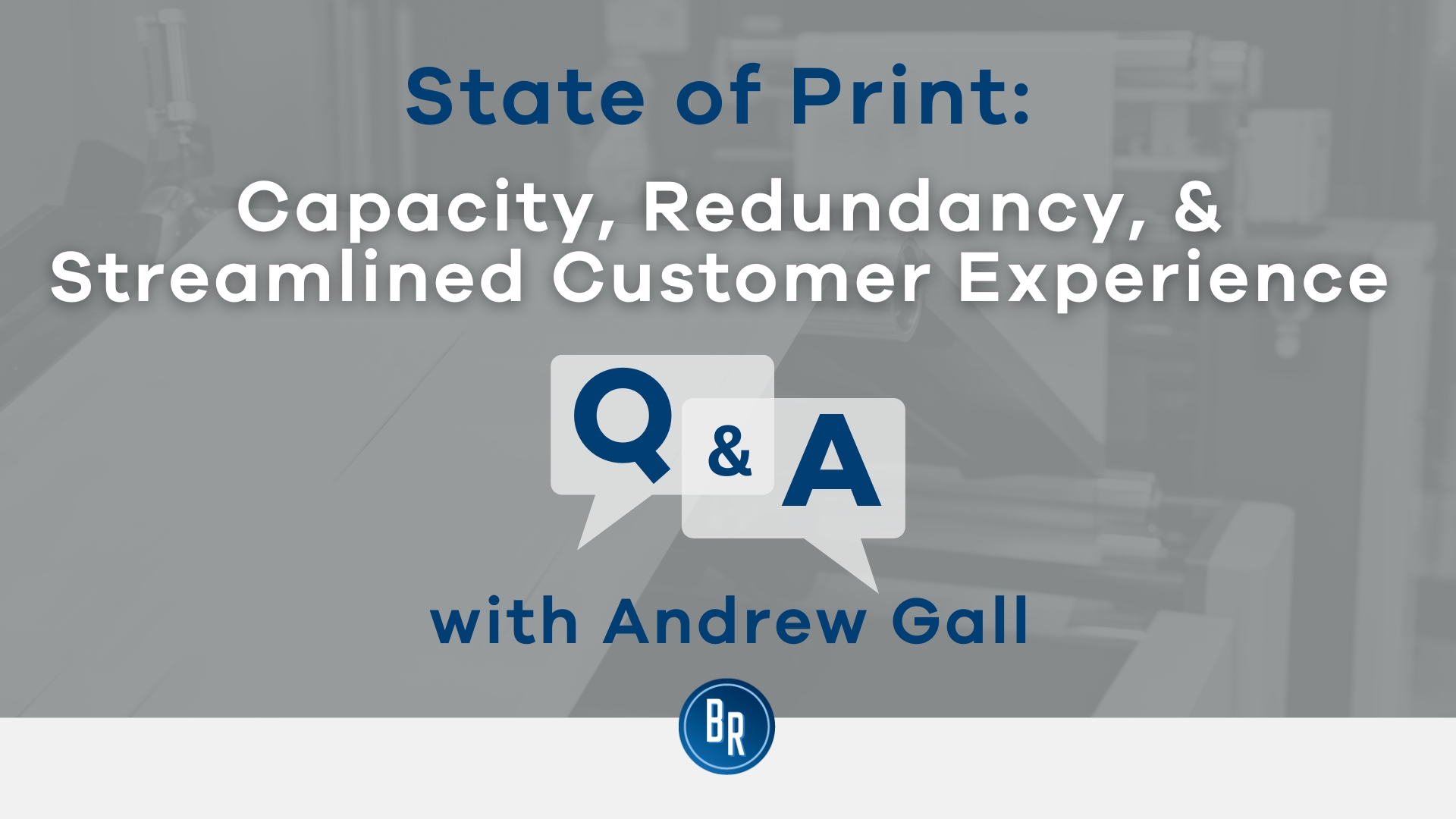Discussed: If a Company Goes Bust Who Pays Redundancy in the UK?
Discussed: If a Company Goes Bust Who Pays Redundancy in the UK?
Blog Article
Examining the Interaction Between Company Redundancy and Business Adaptability for Future Development
In the vibrant landscape of today's organization globe, the intricate partnership between business redundancy and organizational adaptability emerges as a vital element for sustained growth and success. Firms frequently deal with the difficulty of striking a fragile equilibrium in between keeping a level of redundancy to minimize risks and cultivating flexibility to respond swiftly to the ever-evolving market demands.
Significance of Firm Redundancy
Firm redundancy is a crucial element that enhances organizational resilience and reduces operational dangers. By integrating redundancy steps within the organizational structure, business can better endure unanticipated interruptions and changes in the service environment. Redundancy works as a tactical buffer, allowing companies to adjust and react successfully to unanticipated obstacles without jeopardizing necessary operations.
One key aspect of the importance of company redundancy is its duty in making sure continuity during times of situation. When encountered with unexpected changes or emergencies, repetitive systems, resources, or personnel can step in to keep vital functions and prevent prevalent interruptions. This continuity not just safeguards the firm's online reputation and client count on yet likewise reduces economic losses and operational downtime.

Methods for Business Flexibility

Another critical technique is buying modern technology and infrastructure that can support versatility and scalability. Carrying out electronic devices, automation, and information analytics can streamline operations, enhance performance, and give valuable insights for informed decision-making. Furthermore, producing adaptable organizational structures that permit quick modifications to market dynamics and client demands is vital for staying competitive in a quickly developing environment. By proactively determining potential disruptions and chances, companies can proactively thrive and adjust in an ever-changing organization landscape.
Harmonizing Redundancy and Versatility
Achieving a harmonious equilibrium between operational redundancy and organizational versatility is extremely important in browsing the complexities of a dynamic business atmosphere. Striking the appropriate equilibrium between redundancy and adaptability is a fragile procedure that needs a deep understanding of the company's goals, sector dynamics, and danger resistance.
To accomplish this equilibrium, firms require to carry out regular evaluations of their procedures to determine locations where redundancy is essential for risk reduction and where flexibility can drive innovation and growth. Executing flexible structures, fostering a culture of continual learning and renovation, and urging open interaction across all levels of the organization are key techniques to harmonize redundancy and adaptability effectively. By straightening these 2 essential aspects, business can position themselves for sustainable growth and success in an ever-changing company landscape.
Study on Adjustment Success
In checking out instances of successful organizational adjustment, it comes to be noticeable that the interplay in between functional redundancy and flexibility is a specifying factor in shaping resilient companies. A DVD rental solution, Netflix showed amazing adaptability by transitioning right into a streaming platform when digitalization interrupted the industry. These case studies emphasize the significance of operational Read More Here redundancy coupled with business flexibility in promoting long-term development and competitiveness.
Structure Strength for Future Development
Building strength for future growth requires a tactical placement of operational processes with market dynamics and emerging trends. Firms have to adjust to transforming atmospheres by cultivating a society of versatility, innovation, and continual enhancement. Durability involves not only recovering from problems yet likewise proactively preparing for future challenges. One vital facet of building strength is purchasing durable danger management methods to mitigate possible disturbances. This consists of circumstance planning, expanding supply chains, and creating contingency prepare for different contingencies (who pays redundancy money).
Furthermore, promoting solid connections with stakeholders, such as clients, staff members, suppliers, and the area, is important for weathering unpredictabilities and keeping trust fund and support during unstable times. Reliable communication and openness play an important role in structure durability, as they aid align expectations and facilitate cooperation in browsing uncertainties.
Additionally, organizations require to focus on learning and development efforts to upskill staff members and furnish them with the essential devices to adapt to altering conditions. By buying their workforce, companies can improve their adaptability and agility, inevitably reinforcing their resilience for sustainable future growth.
Verdict

In the dynamic landscape of today's company world, the intricate relationship between business redundancy and organizational flexibility arises as a critical factor for continual growth and success. Companies frequently encounter the challenge of striking a delicate equilibrium in between keeping here are the findings a level of redundancy to alleviate dangers and cultivating versatility to react quickly to the ever-evolving market demands.To accomplish this equilibrium, firms need to carry out regular assessments of their procedures to recognize locations where redundancy is essential for danger reduction and where flexibility can drive development and development.In final thought, the interaction between firm redundancy and organizational flexibility is crucial for future growth. Structure strength via a mix of redundancy and versatility will guarantee that companies are prepared for the obstacles of the future.
Report this page